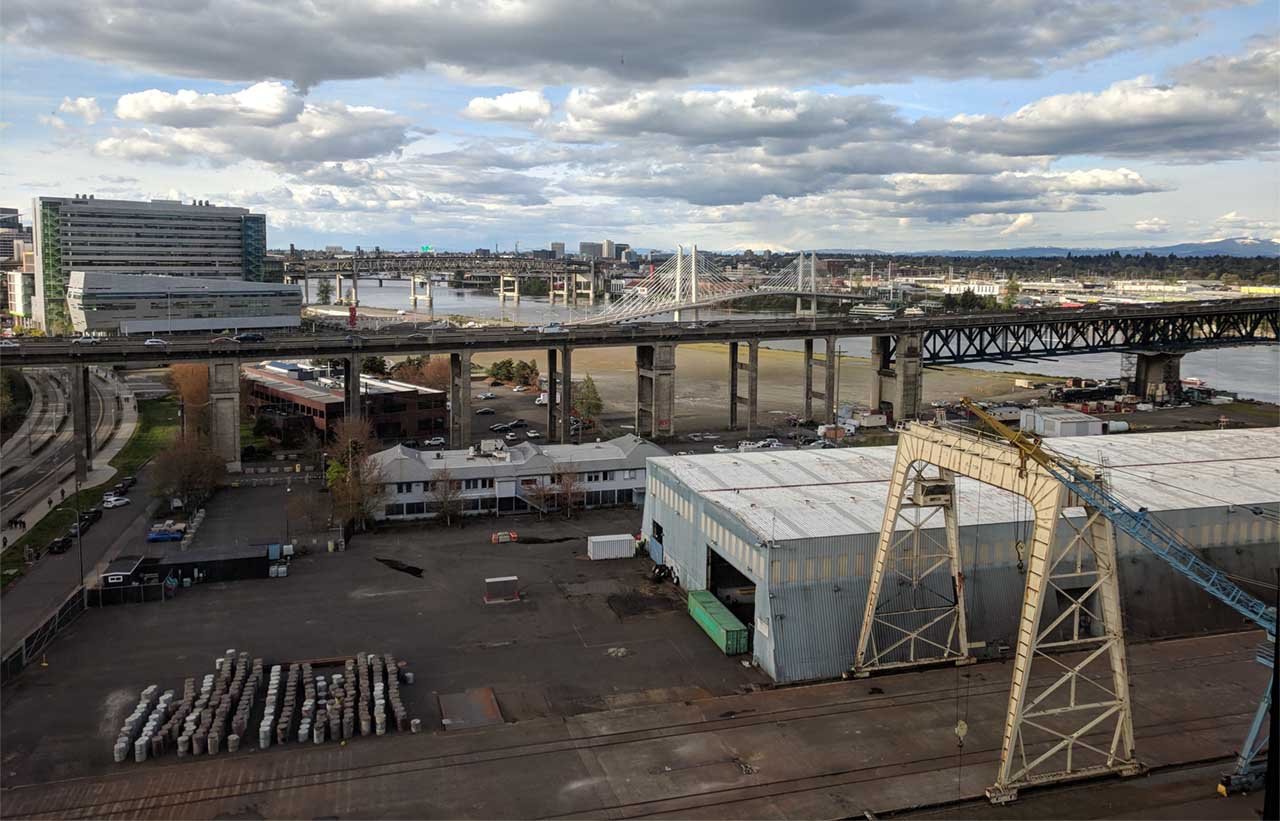Oregon’s Decrepit Roads and Bridges Have Outlived Their Usefulness

Oregon’s interstate highway system has outlived its usefulness, and local governments in the 36 counties are struggling to keep pace with maintenance and progress demands.
This is the opinion of the Legislature’s Joint Transportation Committee members after they undertook a 12-stop transportation tour earlier this summer that clarified that Oregon’s ‘transportation system is old,’ says committee co-chair, Senator Chris Gorsek (D-Troutdale).
The interstate highway system was built in the 1950s and 1960s and has outlived its useful life, says Gorsek, adding that the state has not kept pace with maintenance and road reconstruction, and upkeep of bridges and machinery.
The Joint Transportation Committee was reacting to a new study by the Association of Oregon Counties that found the state would need an extra $834 million annually to maintain its roads and bridges. Lawmakers are now drawing up a multi-billion-dollar transportation package.
Oregon Department of Transport Needs $1.8 Billion Annually for Maintenance
The Oregon Department of Transportation (ODT) says an additional $1.8 billion is needed annually for maintenance, let alone paying for costly projects like the new Interstate 5 bridge connecting the state and Washington.
Counties are Responsible for Maintaining the Bulk of the Road Systems
The main burden of responsibility for the state’s road system falls onto counties that have nearly 27,000 miles of roads and more than 3,400 bridges to maintain. They are followed by the federal government with more than 25,000 miles, cities with more than 11,000 miles of roads, and finally by the state with nearly 8,000 miles.
Most county bridges were also built in the 1950s and 1960s, with more than 1,000 so badly degraded that access may no longer be given to heavy vehicles.
The Joint Transportation Committee found that the situation poses a problem to farmers and firefighters who are forced to use different routes to transport crops and to access forests during wildfires.
ODT estimates that for every $1 spent on maintenance and minor repairs, $8 to $12 are spent on the reconstruction of dilapidated roads, highlighting that deferring maintenance becomes increasingly expensive down the line.
Another problem is the decreasing value of Oregon’s highway fund, the main source of revenue for state and local roads.
The state charges 40 cents a gallon gas tax that finances the highway fund, but the advent of fuel-efficient and electric cars translates to $40 less per vehicle annually.
Currently, income from the highway fund is divided, with the state receiving 50%, counties 30%, and cities 20%.
Another income setback is the plummeting proceeds from logging that the U.S. Forest Service pays local governments as the timber industry continues its downward spiral.
Read: Conservationists Oppose “Excessive” Logging in Josephine County Forest – Federal Court Hearing
A few large counties have additional funding sources. Multnomah and Washington have countywide gas taxes of 3 cents and 1 cent respectively, while Clackamas, Multnomah, and Washington counties impose county vehicle registration fees.
